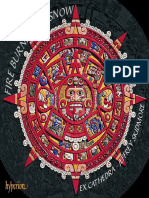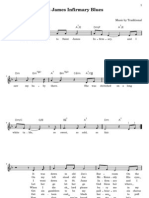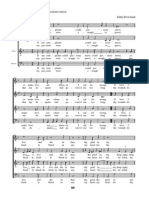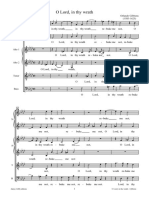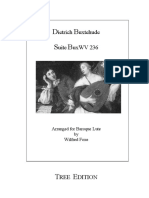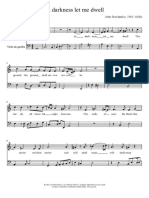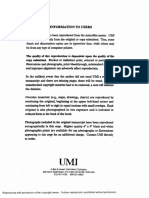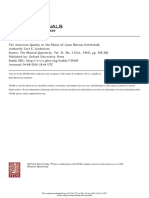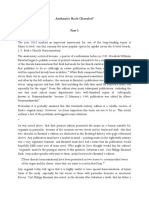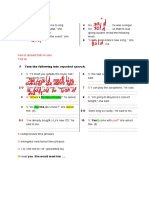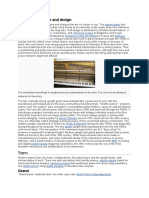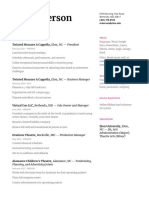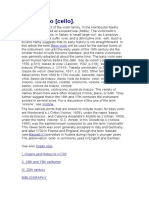0% found this document useful (0 votes)
143 views7 pages'In The Field' Programme Notes
The summary is:
1) Kantos Chamber Choir held their first in-person rehearsal since lockdown in a field in Wilmslow, Manchester, where they recorded music specifically arranged for a spread-out formation.
2) The recording, titled "In the Field", includes works spanning 900 years, from Hildegard von Bingen to newly commissioned pieces, addressing the challenges musicians face during the pandemic.
3) The concert aims to find new ways to perform safely while maintaining artistic integrity and supporting musicians' careers during a difficult time for the arts.
Uploaded by
Kantos Chamber ChoirCopyright
© © All Rights Reserved
We take content rights seriously. If you suspect this is your content, claim it here.
Available Formats
Download as PDF, TXT or read online on Scribd
0% found this document useful (0 votes)
143 views7 pages'In The Field' Programme Notes
The summary is:
1) Kantos Chamber Choir held their first in-person rehearsal since lockdown in a field in Wilmslow, Manchester, where they recorded music specifically arranged for a spread-out formation.
2) The recording, titled "In the Field", includes works spanning 900 years, from Hildegard von Bingen to newly commissioned pieces, addressing the challenges musicians face during the pandemic.
3) The concert aims to find new ways to perform safely while maintaining artistic integrity and supporting musicians' careers during a difficult time for the arts.
Uploaded by
Kantos Chamber ChoirCopyright
© © All Rights Reserved
We take content rights seriously. If you suspect this is your content, claim it here.
Available Formats
Download as PDF, TXT or read online on Scribd
/ 7




